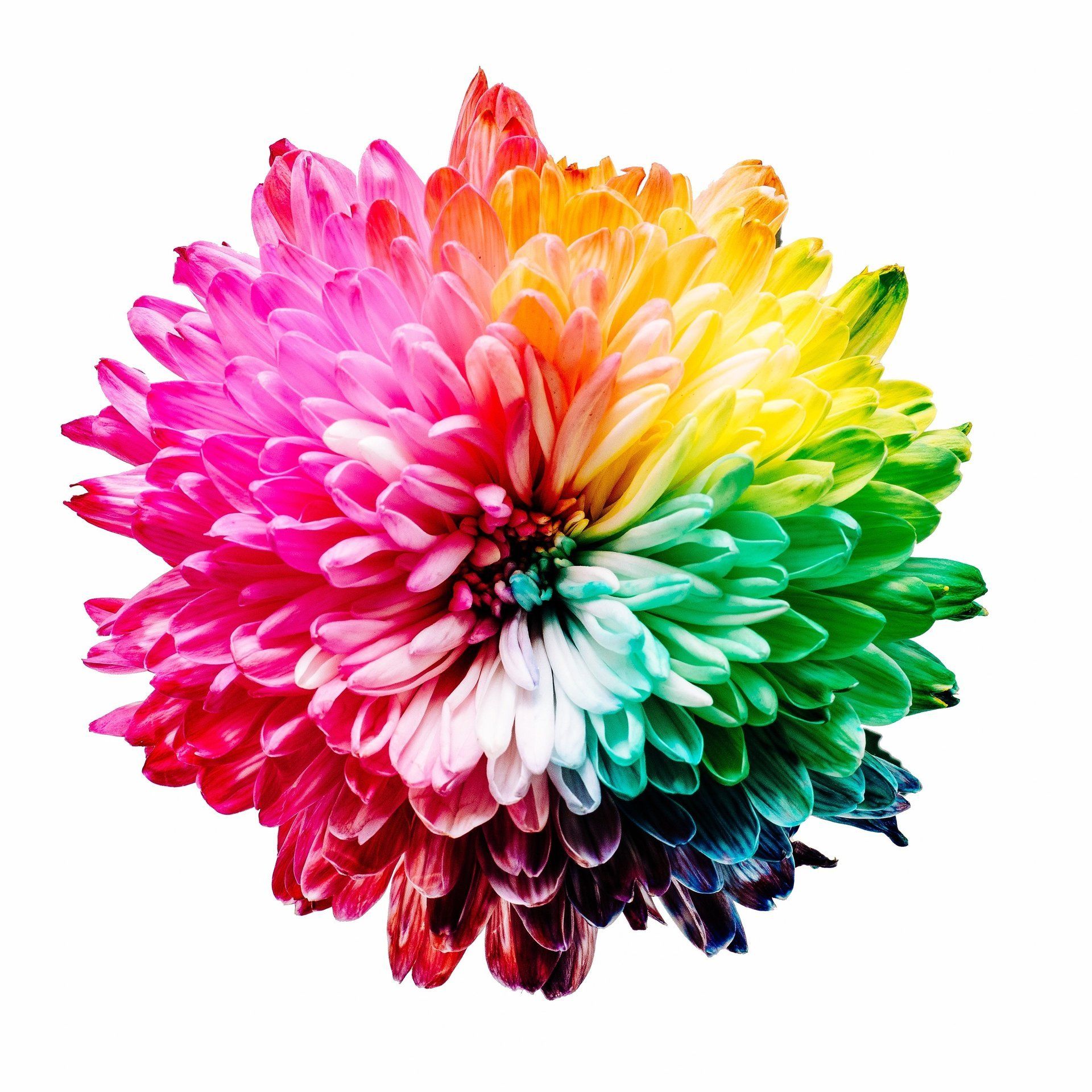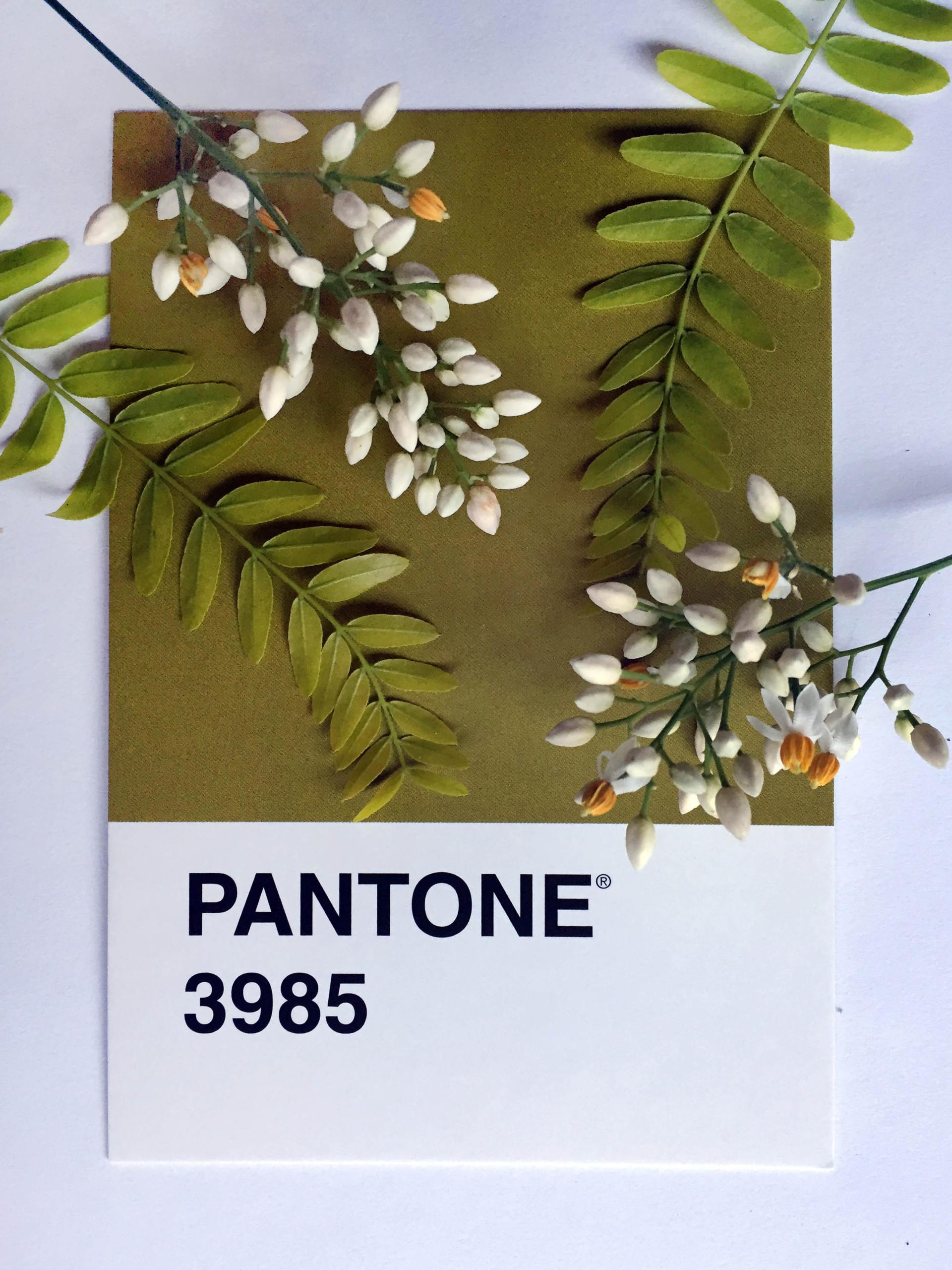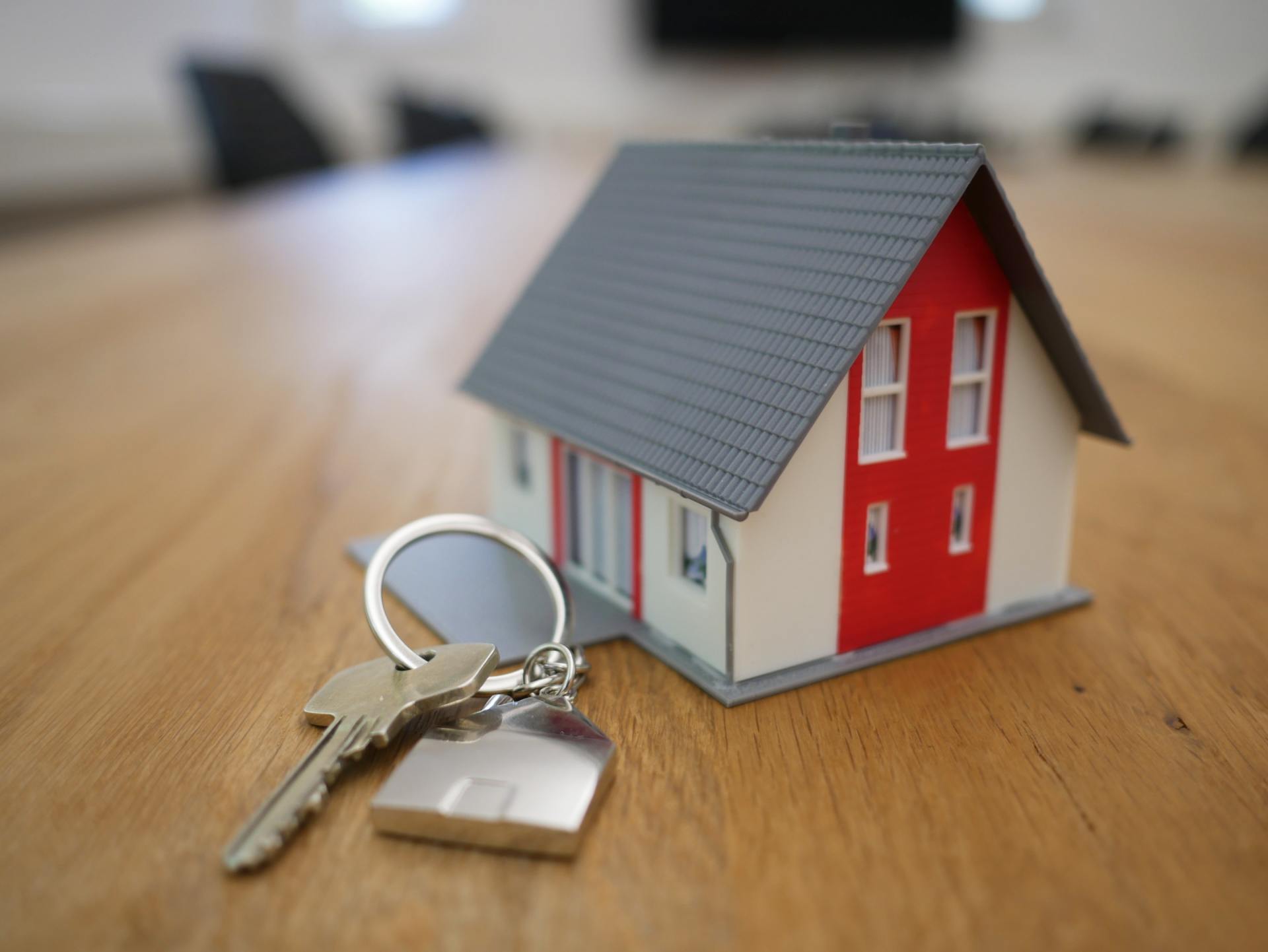Contact us:
+34 664 192 980
info@habitarmonia.eu
My blog
The path to Well-being
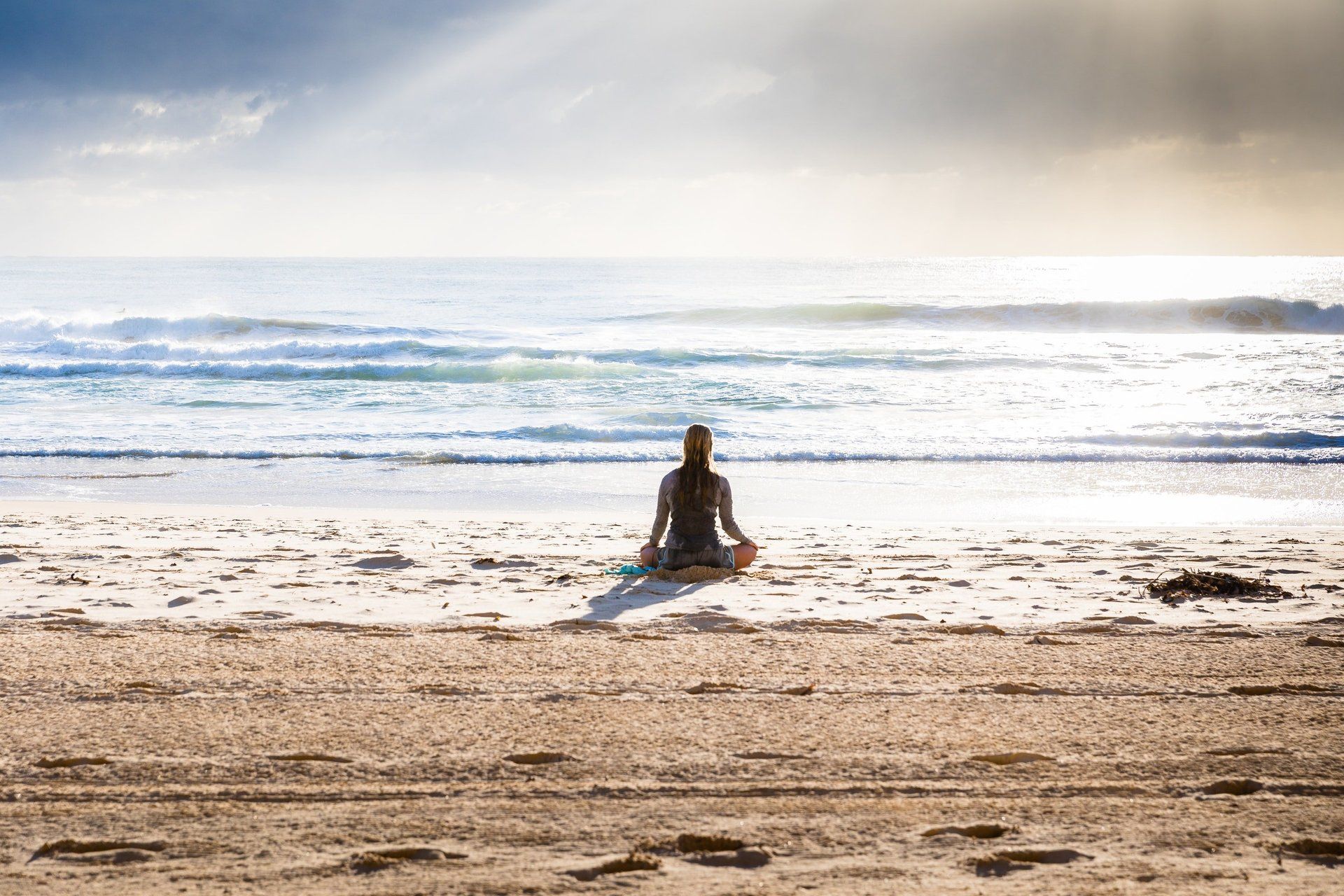
This will be the last blog post of this year 2020, the most surrealistic and dystopian year we have experienced so far. Precisely for this reason, because of the rare charge it has had, I think it is interesting to tell you about some of the habits or customs that I have been practising for some time, which help me to close the year and start the next one with a different energy I also take advantage of this article to show you and thank some people or resources that have helped me to grow and feel more at peace with myself every day. 1// REVIEW THE YEAR, ASSESS YOUR DEVELOPMENT AND LOOK FORWARD TO THE NEXT If you are an entrepreneur, a businesswoman or interested in your personal development, I am sure you will spend some time reviewing how the year has been and assessing what you have achieved in the different areas of your life. It is likely that you will also set goals that will help you achieve future success. I have to say that I find this "goal setting" very creepy because I associate it with pressure, having to leave my comfort zone, the anguish of not knowing, etc. They may be personal limiting beliefs, but in any case, it helps me a lot to approach it from a lighter perspective, that is, to try to connect with what I am excited about (regardless of whether I see it as feasible or not at this precise moment). There are millions of resources that help to put all this into practice, but I want to mention those that I have experienced and that have worked for me: - The Five Second Rule: The 5 Second Rule is simple. If you have an instinct to act on a goal, you must physically move within 5 seconds or your brain will kill it. - Meditate: download the app OMVANA and try the 6 phase meditation. -Go into the forest: Shinrin Yoku : It is called Nature therapy, sometimes referred to as ecotherapy, and describes a broad group of techniques or treatments that use an individual's presence within nature with the intention of improving an individual's mental or physical health. - Get yourself a good coach: two years ago I could not imagine I would be sitting right now in another country with my family, doing that which I really love! This all was with help of my wonderful coach: Yulia Stark. 2// REVIEW YOUR SPACE 2020 wasn't the year any of us expected. In this moment there is no question that our lives (and more specifically, our homes) are forever changed by this event. It's likely that spending more time at your own home this year has given you new insight into your intimate and not-so-intimate (hello zoom backgrounds) spaces. These are some tips I have been giving in order to CREATE A PRODUCTIVE HOME OFFICE AND ENHANCE YOUR CREATIVITY!: - Introduce Plants - Introduce forest music (there is nothing so relaxing as the sound of singing birds in a forest, or the sound of the waves crushing on the seashore) - Open your windows - Introduce wooden furniture - Declutter your space These and more and the easy tricks we use in Biophilic Design 3// GET YOUR BODY MOVING Morning exercise is a daily habit of many successful leaders. Mens sana in corpore sano: usually translated as "a healthy mind in a healthy body". The phrase is widely used in sporting and educational contexts to express the theory that physical exercise is an important or essential part of mental and psychological well-being. I love my Pilate classes combined with a run in the woods! 4// EXPERIMENT WITH COLOR Use extra free time after work or during the weekend to reconsider an overdue home decorating project. The color red is conducive to energy, green unlocks creative thinking and blue is calming. Block colours and strong lines are proven to help with tasks that require focus and concentration, whilst abstract content and neural palettes are preferable when promoting calm and tranquillity. If you are looking for inspiring content, use bright strong colours with refined compositions. The great working from home experiment is a chance to explore a preferred working style. With a little imagination, most people can adapt their environment to suit how and when they like to work. Keeping yourself engaged and making sure you have a changing, vibrant home environment is vital to keeping creative and ensuring your productivity stays high. 5// INTRODUCE BIOPHILIC DESIGN Here 10 some tips for incorporating biophilic features into your living space, whether is your own house or you rent it: Move your work surface and adjust your drapes, shades or blinds so that you can get maximum natural light from the nearest window. Even if you’re not getting a view, you can still get sunshine. If local climate conditions and air quality permit, work and sleep with the windows open. Change the bulbs in your lamps and light fixtures to full-spectrum circadian models that mimic the sun’s path through the day. This can help with both mood and sleep. Replace your alarm clock with a sunrise model. Unless you’re an exceptionally heavy sleeper, this can be a strategy for waking up without the jarring buzz of an alarm, much like your ancestors did at the sun’s first light. Add houseplants to your living space. If you can’t see trees outside, you can still enjoy greenery inside. Choose varieties that will grow in your light and not harm your pets. Also consider plants that will improve your indoor air quality. You can grow herbs on your kitchen counters or cultivate a mini-garden inside. If you’re missing the joy of water, consider adding an indoor water fountain to your decor. It can provide style, calm and a gentle acoustic element. Another water element to consider is a rain-style shower head; this can evoke happy memories of summer rain shower hikes or waterfall-filled vacations. It’s been shown that even representations of nature can have a biophilic benefit, so consider paintings inspired by your favorite landscapes or nature photos you shot yourself. A white noise machine can help you sleep with soothing sounds of nature. Choose those – whether surf or bird song, chirping crickets or flowing creek – that evoke happy memories and take you away to happy places. Natural scents can also enhance your space and well-being. Lavender has been used for centuries as a natural stress reducer and eucalyptus can potentially relieve coughs. There are many more properties that can be explored through aromatherapy. And you, do you have any custom, habit or annual closing ritual? If you dare, I'd love to read about it in the comments, so that together we can nourish this list.
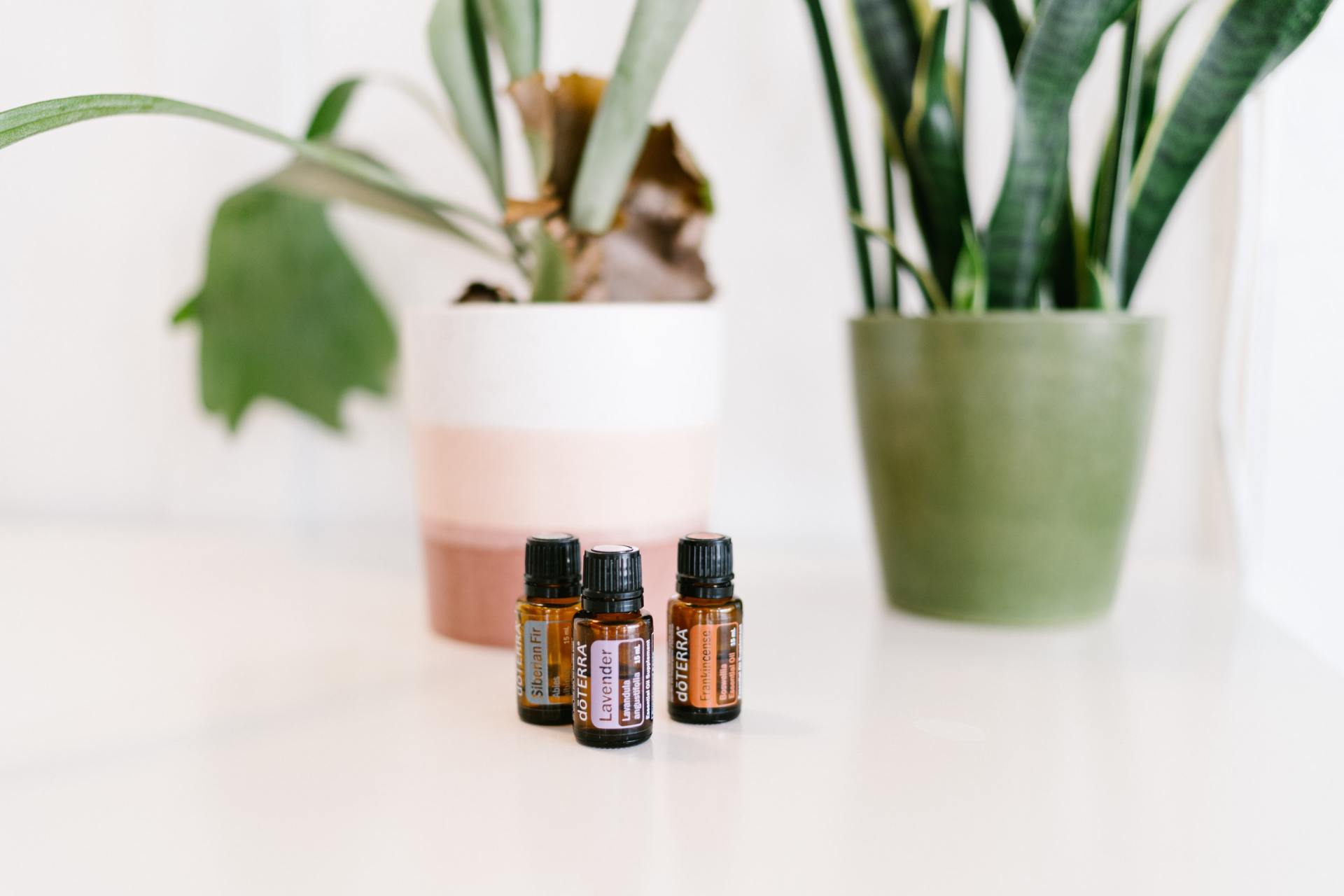
Aromatherapy is the practice of using the natural oils extracted from flowers, bark, stems, leaves, roots or other parts of a plant to enhance psychological and physical well-being. As one of the approaches of Habitarmonia for your Wellnes Space, Aromatherapy plays a significant role in the daily practice for your mental and physical health. Here below we suggest 9 different ways in the use of Aromatherapy:
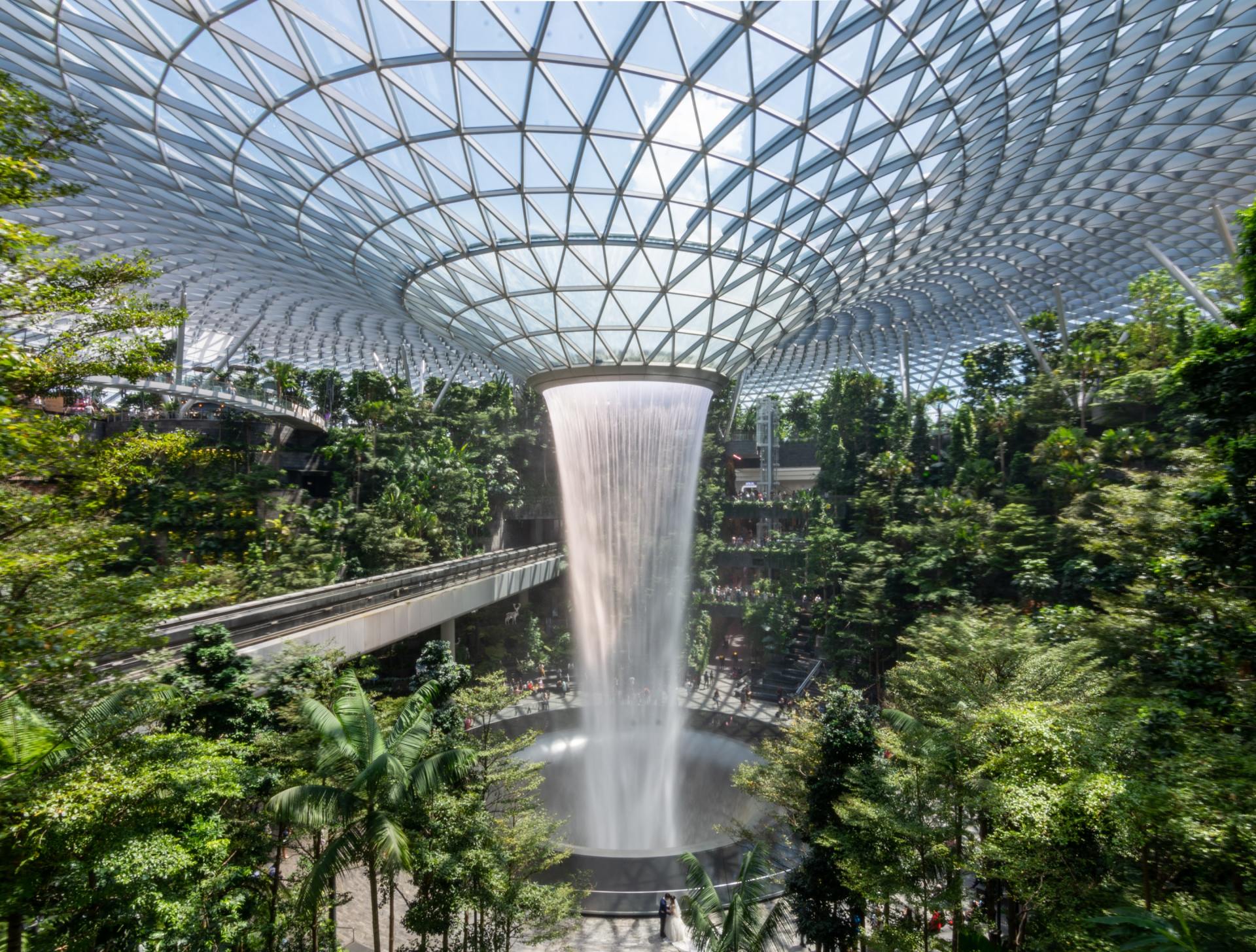
Have you ever surrendered to nature’s tranquility in search of relief or relaxation? How do you feel walking along the sea or hiking in the mountains or running along the park? Does spending a few minutes outside impact your mood? Do you feel your busy mind calming down? Nature used to be all around us. Technically, it still is, though the quality of the nature that surrounds us has changed. Currently, 54 percent of the world’s population live in an urban environment. By 2050, it’s estimated that percentage will increase to 66 percent—two thirds of the world’s population! Generally, humans spend 93 percent of our time indoors separated from natural elements. This issue represents a very unhealthy path for our future. As we continue to move towards the city and spend more time indoors, our day-to-day interaction with quality nature is shrinking. Ultimately, this is increasing our potential to experience psychological and physiological harm. How can we work to reverse this trend and improve the overall well-being of our communities? One contemporary concept is biophilic design, a strategic approach to tap into—and harness—nature in the built environment. WHAT IS BIOPHILIC DESIGN? The biophilia hypothesis proposes that most humans have an innate love of nature—we long for it and without connecting with it, our health could suffer. So, biophilic design is an applied solution to appease this desire for nature by integrating natural elements and processes into the built environment. Biophilic design is more than just bringing the outside in, it's about making and strengthening a connection with many aspects of nature. It's about natural light, views on nature, plants, natural materials, textures and patterns. Biophilic design can be implemented at the community, building, or small-project level. And if done right, the design should trigger a strong positive impact on our health and well-being. The challenge? Clearly defining biophilic design and how people may or may not respond to its many opportunities. Many researchers have characterized biophilic design and identified what they believe make up a biophilic space. Two thought leaders (Stephen Kellert and Elizabeth Calabrese) recently categorized strategies into three major experiences: direct experience of nature, indirect experience of nature, and experience of space and place. In this blog, I will refer to the first two.

Nature: the most powerful health and body elixir for the mind Sure you have experienced the peaceful effect of nature. Nevertheless, you might not know that a simple walk in the forest has immense healing power effect corroborated by science. This is what biologist and writer G. Arvay names :"Biophilic Effect" Plants communicate directly with our immune systems and our unconscious brains, thereby preserving our health. It is a scientifically proven fact: nature is the best medicine and also an excellent psychotherapist Back in 1984, an study from professor Roger Ulrich which was edited in the international magazine Science, explained the fact of looking at a green forest our of the window of an hospital, would substantially increase the recovery of any kind of operation. Even a plant or a documentary about nature would already decrease the number of analgesics that the patients would take. Furthermore, a walk in the forest decreases cortisol and adrenaline (stress hormone): for men a decrease of 30% and women 50%! Japanese scientist have already proved that less people die from cancer in the surroundings of forests. As noted, biophilia is the inherent human inclination to affiliate with natural systems and processes, especially life and life-like features of the nonhuman environment.


